Music born in the desert
2014-02-06

Photography by Marie Planeille.
I started listening to Tinariwen's new album Emmaar yesterday via NPR's first listen service and since I don't listen to anything else.
Tinariwen means deserts in the Tamasheq language. The band Tinariwen are Tuareg musicians from the Sahara Desert region of northern Mali.
To listen to their captivating music live please check out their tour dates here.
|
|
Notes from an exhibition
2014-02-06
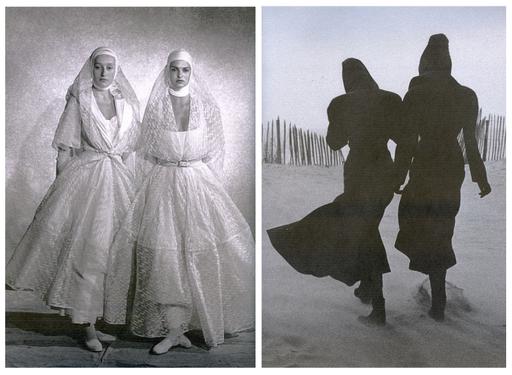
The first Paris retrospective of couturier Azzedine Alaïa has just ended at Palais Galliera, yet the accompanying catalogue has some gems for further reading.
Alaïa, Spring-Summer 1988 silk organza wedding dresses. Photograph by Peter Lindbergh, 1987.
Alaïa, Autumn-Winter 1986-1987 woolen coats silkscreen printed with motifs by artist and calligrapher Hassan Massoudy. Photograph by Peter Lindbergh, 1987.
|
|
1981
2014-02-05
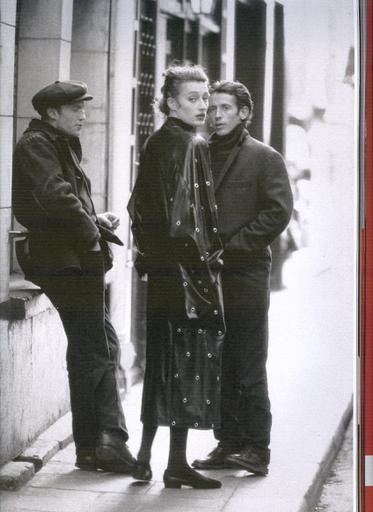
Alaïa, Spring-Summer 1981, waterproof leather jacket perforated with metallic eyelets. Photograph by Peter Lindbergh, 1988.
Although this piece was not on display during the Alaïa exhibition at Palais Galliera, the photograph was included in the exhibition's catalogue. Thank you for that.
|
|
Breaking the Waves No. 2
2014-02-03
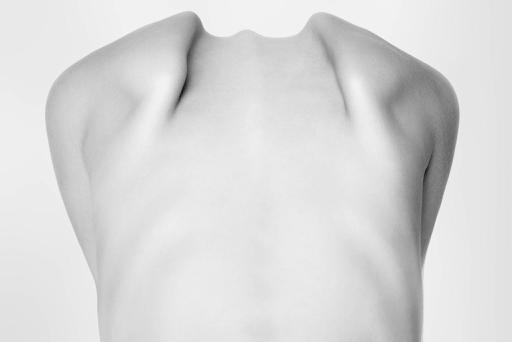
Photography: Istvan Varfi
Photograph from the Curves and Edges series.
|
|
Breaking the Waves
2014-02-03
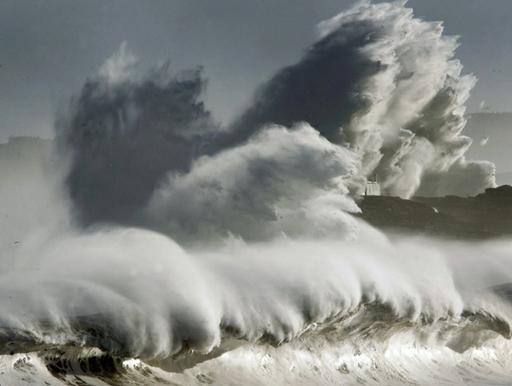
Giant waves hit the Island of Mouro, northern Spain. Photograph by Esteban Cobo [EPA].
|
|
Sugar
2014-01-30
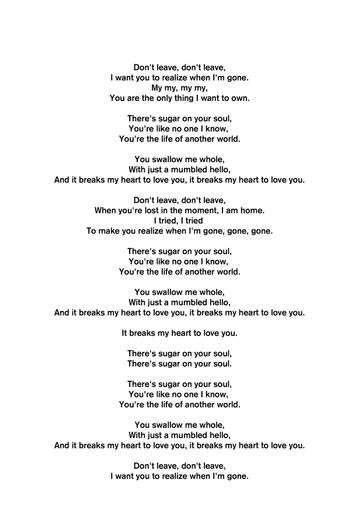
|
|
Still on white
2014-01-29
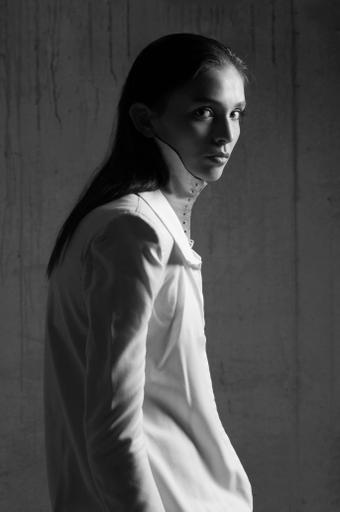
Another take on white.
Jacobien wears a crisp white woolen jumpsuit and a hand painted leather choker by Sladjana Pengiç.
|
|
On the colour white
2014-01-28
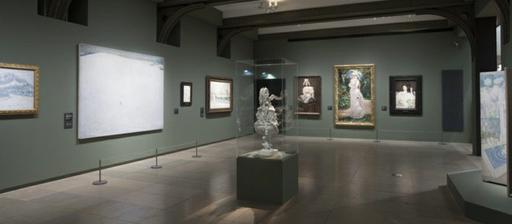
"Rare are the colours that can boast such a long lasting and universal symbolism: today just as in Antiquity, white, the symbol of divine light, signifies purity and innocence. 19th century western society continued this tradition by requiring children and women to wear white: both were still ascribed a certain otherworldliness, romantic as well as sexual.
However, at the end of the century, white also became a vehicle for modernity and emancipation. As the doctrine of hygiene advanced, white was used much more widely in society, and became the colour of the medical world and of sport.
Wellbeing was now linked with light and cleanliness: bourgeois interiors embraced white, to the detriment of dark eclectic decors.
The reason why the artists and architects of the Belle Epoque were so interested in white, comes above all from the key role it played in the aesthetic revolutions of the second half of the century: whether it was Whistler's Symphony in White or the Impressionist snowscapes, white became the manifesto of a new style of painting that rendered perceptions and emotions.
Without abandoning the paradigm of purity – and the at times repressive power linked to this quality – white became enriched with new qualities, it became the medium of a desire for radical neutrality, for total regeneration. Thus begins the century of Malevich's White on White (1918) and of the "white cube" that still typifies the leading modern and contemporary art spaces today."
© Musée d'Orsay 2006
The room: Equivoques (Ambiguities) at Musée d'Orsay Paris houses the painting Schneelandschaft by Swiss painter Orsay Cuno.
It's a painting I'll come back to, to visit it from time to time.
|
|
Memorabilia No. 2
2014-01-27
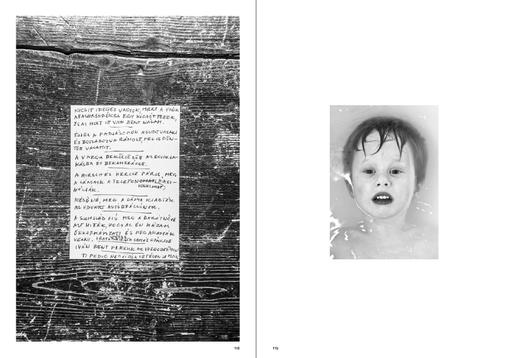
‘Commemorative’ objects of a mother photographed and catalogued by her son, Hungarian photographer Gábor Arion Kudász.
Memorabilia, the exhibition is currently on show at the House of Hungarian Photographers - Mai Manó House, Budapest. For more information please visit their website here.
|
|
Memorabilia
2014-01-26
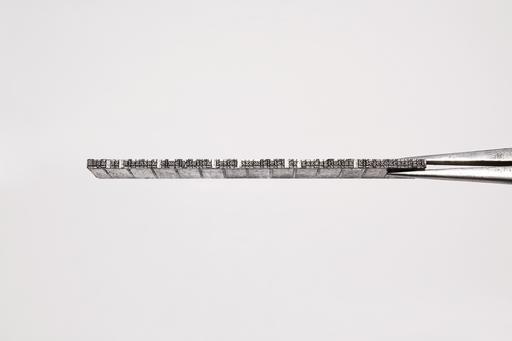
‘Commemorative’ objects of a mother photographed and catalogued by her son, Hungarian photographer Gábor Arion Kudász.
Above a relief printing plate from the seventies written for an exhibition catalogue of Emese Kudász:
... ezek az utazások elmélyítették festői szemléletét és gazdagították kifejezőkészségét ... ... these journeys deepened her pictorial approach and enriched her expressiveness ...
She later used the somewhat cliché plates for fortune-telling on New Year's Eve. Perplexing messages were created that way.
Memorabilia, the exhibition is currently on show at the House of Hungarian Photographers - Mai Manó House, Budapest. For more information please visit their website here.
|
|
Movement
2014-01-24
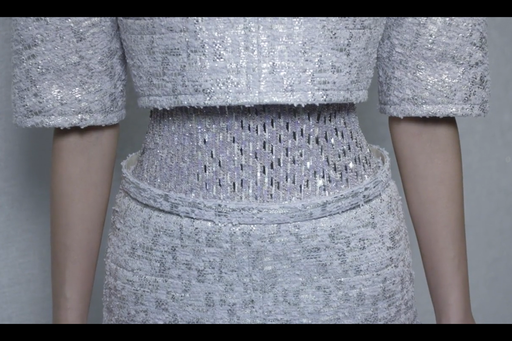
Chanel Haute Couture Spring Summer 2014
It has been one of those fashion shows when people leave with the feeling, yes, this is what fashion should be.
It was fresh, light, full of movement and sparkle. A new sort of sparkle. Fresh faces smiling and running in their outfits. For viewing the entire fashion show in motion please visit the website of Chanel here.
Just like the heavyweight Spring Summer 2014 presentation of Rick Owens in the ready-to-wear season, this show also had a message, namely women want to be able to move. Fast.
|
|
Continuum
2014-01-24
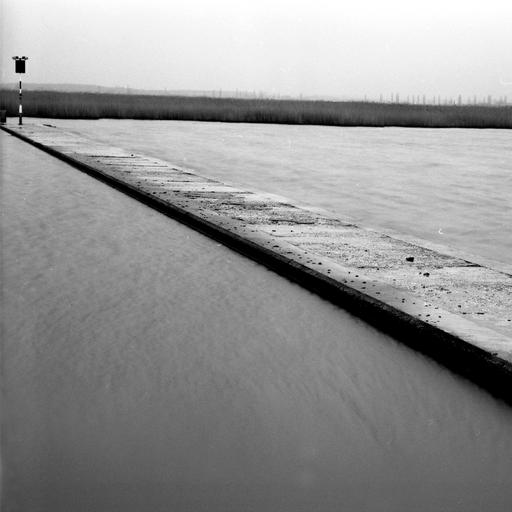
|
|
From somewhere to anywhere
2014-01-23
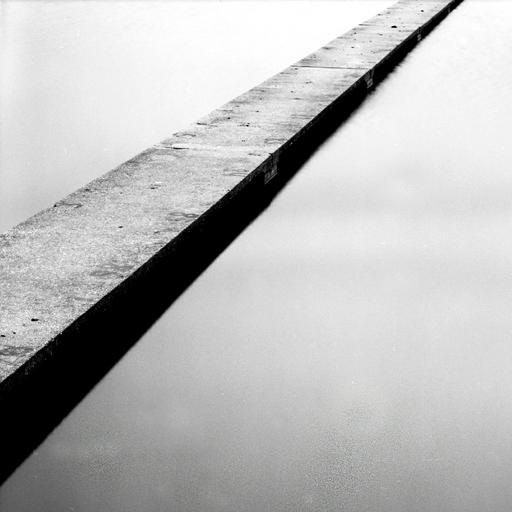
|
|
Artistry
2014-01-20
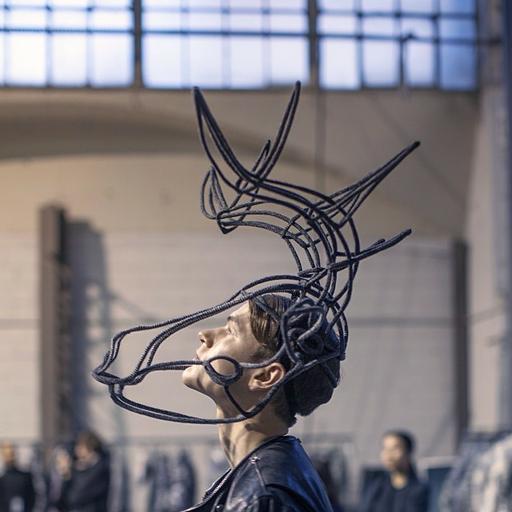
Stephen Jones for Thom Browne Fall 2014.
|
|
Look No. 35
2014-01-18
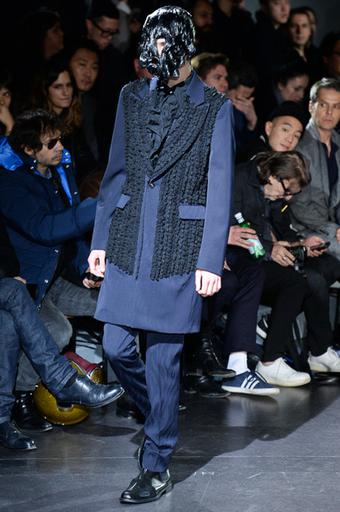
Look 35 from Fall 2014 Menswear presentation of Comme des Garçons. Source: Style.com.
|
|
EASE
2014-01-16
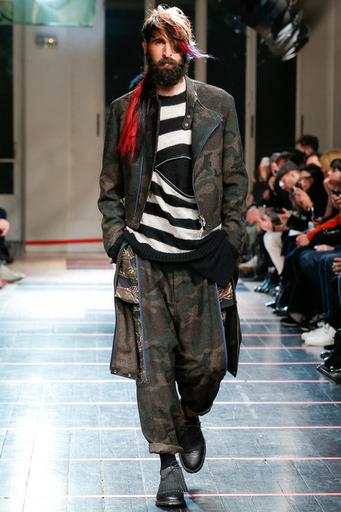
Look 9 from Yohji Yamamoto's 2014 Fall Show presentation. Source: Style.com.
A high-spirited, very inspirational show from today. Amazing ease in the pants!
|
|
Men who swim
2014-01-15

Documentary, Sweden, 2010
I was looking for some extracurricular activities in Paris and this is how I bumped into this movie. It's playing on January 16, at Gaite Lyrique. I only saw the trailer but it's well worth searching for.
|
|
Maria
2014-01-15
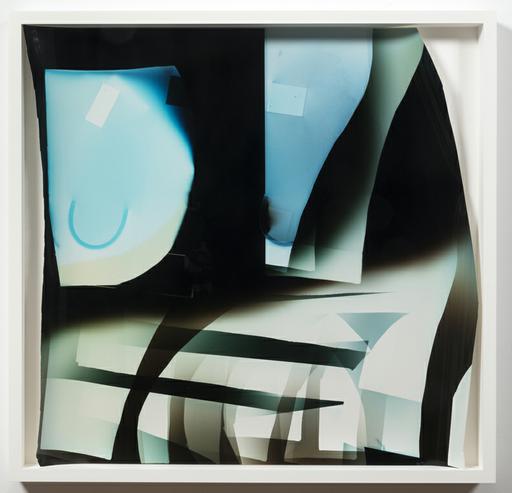
308, unique color print by Mariah Robertson [2013]. Part of her solo exhibition entitled Permanent Puberty.
|
|
Duyster | Dark
2014-01-13
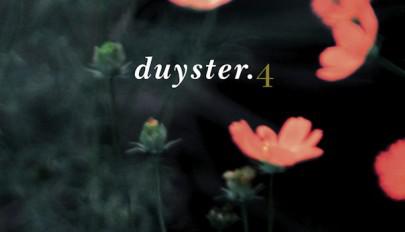
Album cover of the Duyster No.4 Compilation.
Between 21:00 and 23:00 on a Sunday evening, in Belgium. What can you do, besides hand-stitching?
Listen to the radio and actually find a program that features dark, emotional, very strong music. I tuned in at Rachel's: Lloyd's Register and stayed tuned. Highly recommended Sunday night activity. To listen to this week's program please click here.
|
|
Black Sheep
2014-01-12
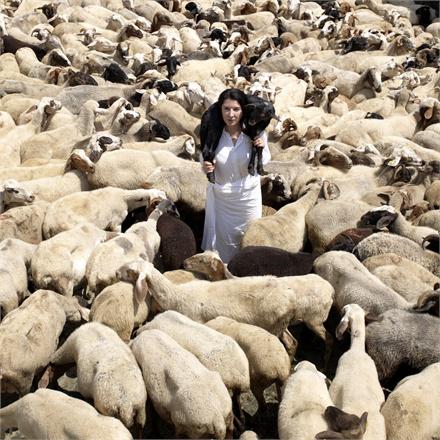
Black Sheep by Marina Abramovic, 2010, from the series Back to Simplicity.
|
|
Man
2014-01-12
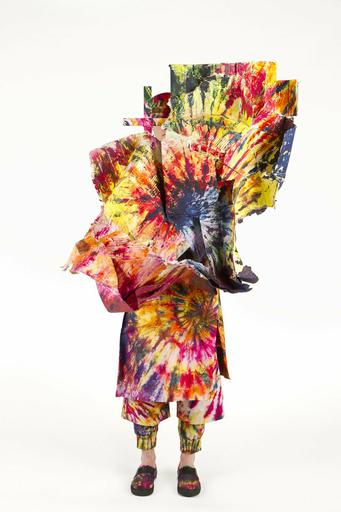
Suzie Menkes mentioned Craig Green's name in her article: Crossing Gender Boundaries Again [the International New York Times, January 7, 2014]. I was intrigued and continued to look at his work and I liked what I found. Here is a look from his previous Spring-Summer 2014 collection.
|
|
Untitled, 1972
2014-01-11
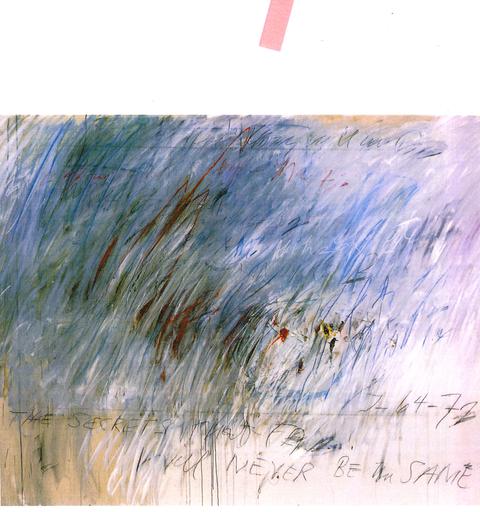
Untitled, 1972 by Cy Twombly. Published in Cy Twombly: A Monograph by Richard Leeman.
|
|
Note III
2014-01-11
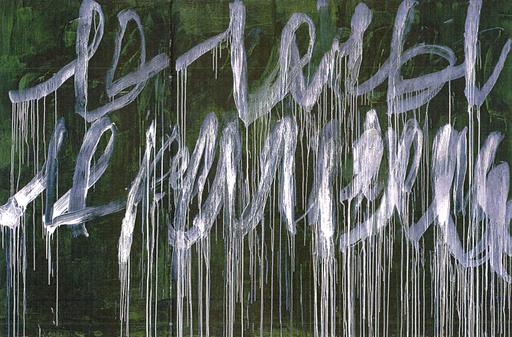
Note III, from the series III Notes from Salalah, 2005-07, by Cy Twombly. Published in Cy Twombly: The Natural World by James Rondeau.
|
|
Tricks and Tracks
2014-01-10
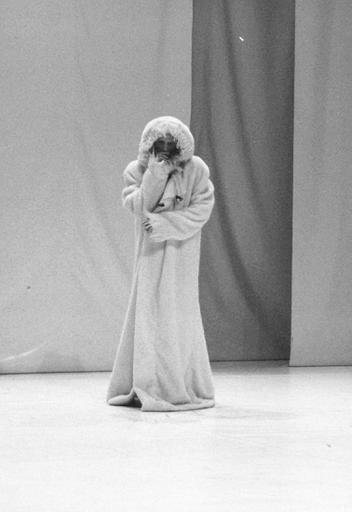
Pál Frenák in one of the early productions of Compagnie Pal Frenak entitled Tricks and Tracks. Photography by Robert Kisteleki.
Frenák was awarded to the Choreographer’s Prize of Villa Kujoyama, Kyoto and spent quite some time in Japan and studied butoh and mimicry.
When I first saw the piece I had not much idea about all these, especially not about butoh. 12 years later I made a collection based on butoh. The mind is unpredictable.
|
|
The sense of hearing [No.2]
2014-01-09
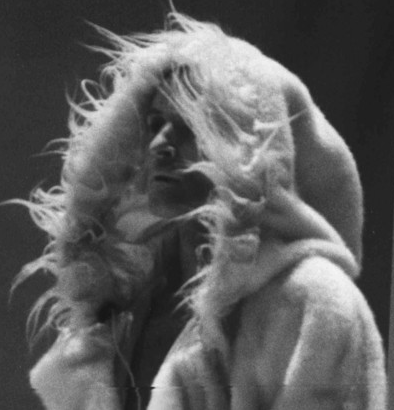
Van egyfajta kegyetlen őszinteség a munkánkban. | There is a kind of cruel honesty in our work.
Pál Frenák in one of the early productions of Compagnie Pal Frenak entitled Tricks and Tracks.
It has been one of those contemporary dance pieces that made a serious impact on me, just realized how much impact actually, unconsciously.
Reading about Rabensteiner and his childhood yesterday, I suddenly remembered Frenák and his dance piece. It marked an era at TRAFÓ - House of Contemporary Arts in Budapest where the piece was a lot on play at the early 2000. I remember watching it at least five to six times, or even more, it became a cult, really.
|
|


















































